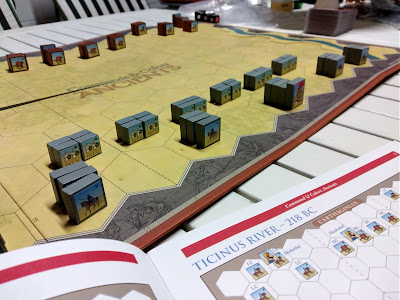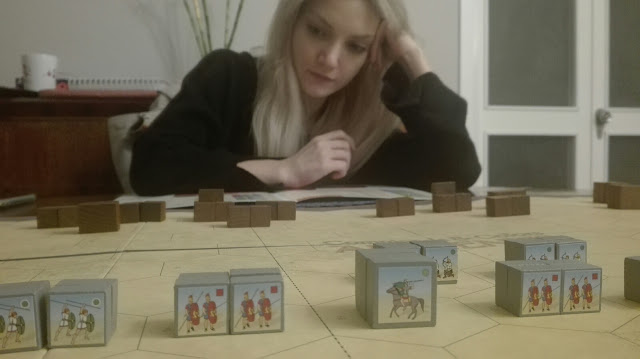Commands & Colors: Ancients. Ticinus of Blood

Romano: Alex Isabelle Carthaginian: Laura Beltrami We move to 218 BC, to the battle of the river Ticinus, the first direct confrontation between the Carthaginians and the Romans in the Second Punic War. Hannibal lost half an army in the Alps, and Publius Cornelius Scipio, father of what would later become known as Scipio the African, after keeping an eye on the Carthaginians for a while decides to try an engagement. What can these barbarians ever do on their little horses? Well, they can fuck him, to begin with. Because those ponies are Numidian horses, led by commander Maarbal, who after the mythological Alpine crossing does not really have the right disposition to be denied access to Cisalpine Gaul, and therefore intends to offer resistance. How to blame him. The indomitable Mago, in turn leading a wing of Numidian cavalry, shares his opinion. The premises. The clash between the Romans of Scipio and the Carthaginian cavalry, historically led by Hannibal, while here the scenario shows...


